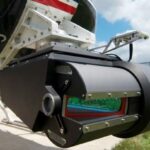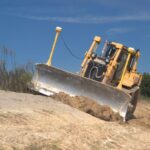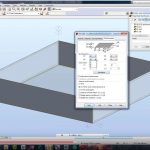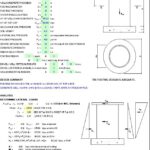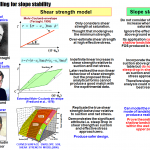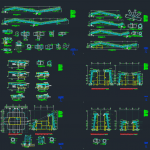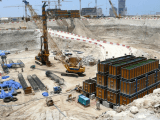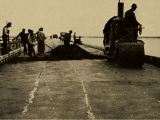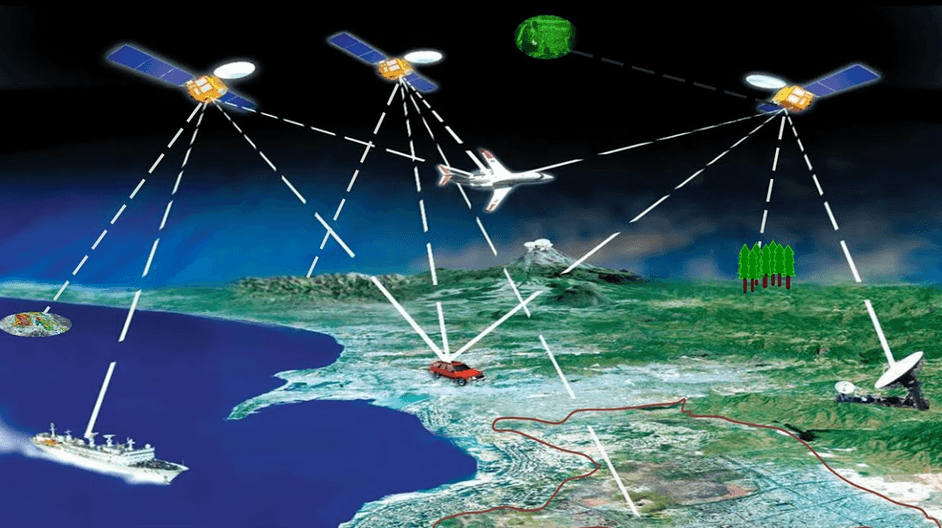
Satellite positioning (GPS), advantages and disadvantages for site engineers
29 July 2019 Off By The Engineering CommunityTable of Contents
Satellite positioning (GPS), advantages and disadvantages for site engineers
A 1960s surveying text book consulted in 1980 would reveal little change in twenty years. That is not true today, with modern technology, systems and software are being continually updated. Nowhere is this more obvious than with satellite positioning.
It has exploded onto the construction market changing some operations beyond all recognition. As technology improves, accuracy increases and costs come down it becomes more economical to employ it on smaller and smaller jobs.
What is it?
Satellite positioning is the determination of the position of a point using a satellite receiver. Satellite positioning is generally known as GPS or global positioning system after the American military system, which was fi rst available for public use.
Unlike most surveying and setting out tasks, the skill required of the operator is minimal. The skill with GPS is with the management of the system’s input and out put data. The satellite receiver does all the work in gathering the data and outputting or storing it as required. With setting out it can provide the operator with predetermined setting out coordinates.
How accurate is it?
Accuracy depends on the methods employed and the equipment used. For construction setting out centimetre level accuracy is achievable. This makes it suitable for many setting out tasks. Unlike traditional survey methods, each point is independent of the points around it, and therefore each point is of a similar accuracy.
Degradation of accuracy (due to creep) with distance from the main station is no longer a prob lem. If used in unsuitable conditions, accuracy may be compromised.
An error in one point is not passed on to adjacent points.
What are the advantages?
When used for setting out, a single engineer with a setting out pole equipped with a satellite receiver can set out points almost as fast as he can mark them. With a road centre-line for example, the operator can walk the route and mark centreline points at whatever frequency is required. The setting out information can be taken straight from the design on disk without the need to input a mass of figures.
Work is unaf fected by weather or daylight or a lack of it. Visibility between points is not required, so local obstructions (shrubbery, mechanical plant, low buildings, walls etc.) do not hinder the process. Productivity increases are considerable. As well as giving plan coordinates (Eastings and Northings), it will automatically provide heights as a mat ter of course.
Satellite systems can also be integrated into computer-controlled plant, in which, for example, a grader has the road design in its memory. The grader blade is automatically adjusted to give the correct earthwork
profile. This eliminates the need for a complete setting-out team along with their instruments, forest of timber-work, chainmen and their transport.
What are the disadvantages?
Cost is always an issue, but this has to be balanced against productivity. GPS is not suited to all locations. Due to the fact the position of the receiver is derived from observing a number of satellites, a clear view of the sky is necessary. This may make GPS unsuitable for city centre sites shielded by adjacent tall buildings.
A received signal may give inaccurate results if defl ected off the side of a building. GPS is not suitable for tunnelling work. However GPS can be used very effi ciently to establish a control either side of an obstruction under which tunnelling is required.
GPS does not work well in tree-covered areas, again due to the need for a clear line of sight to the sky.
The height element of the output is of a lower order of accuracy than the plan coordinates. Additionally, heights given are not above mean sea level (as with traditional levelling), but above the mathematical model of the Earth, WGS84 (World Geodetic System 1984).
Unfortunately, for Europe this does not run parallel to mean sea level. However the GPS output can be confi gured to give correct information. GPS is not suffi ciently accurate enough to obtain the 1 mm precision that can be
achieved with a theodolite.

